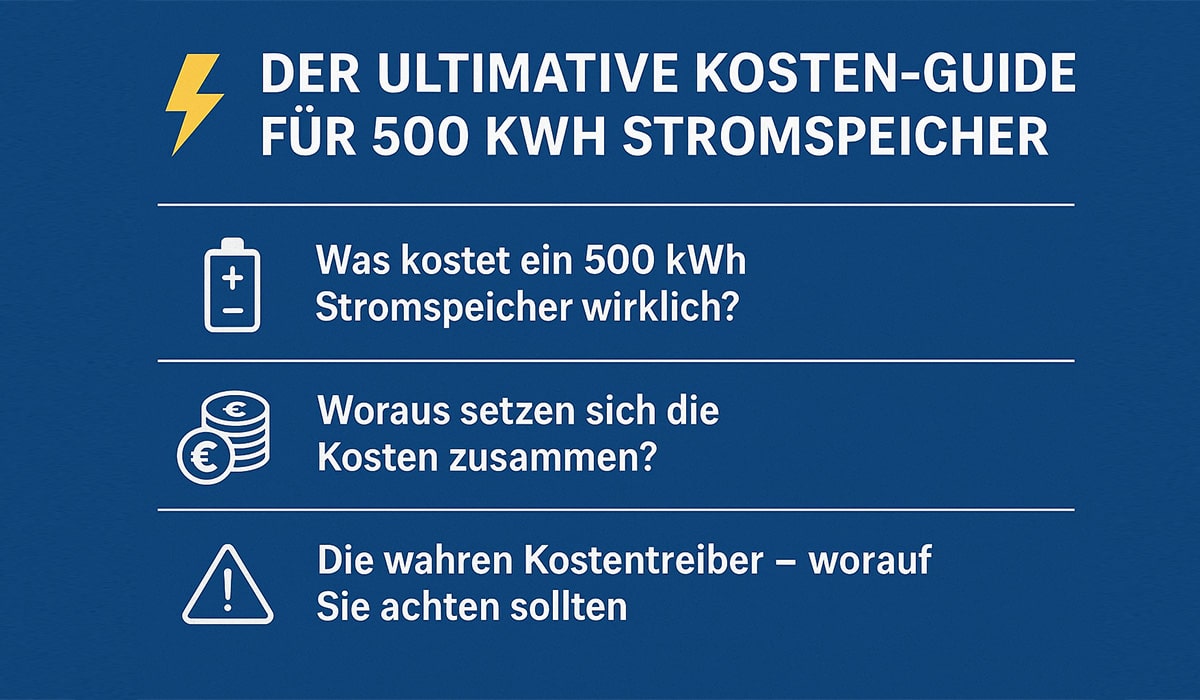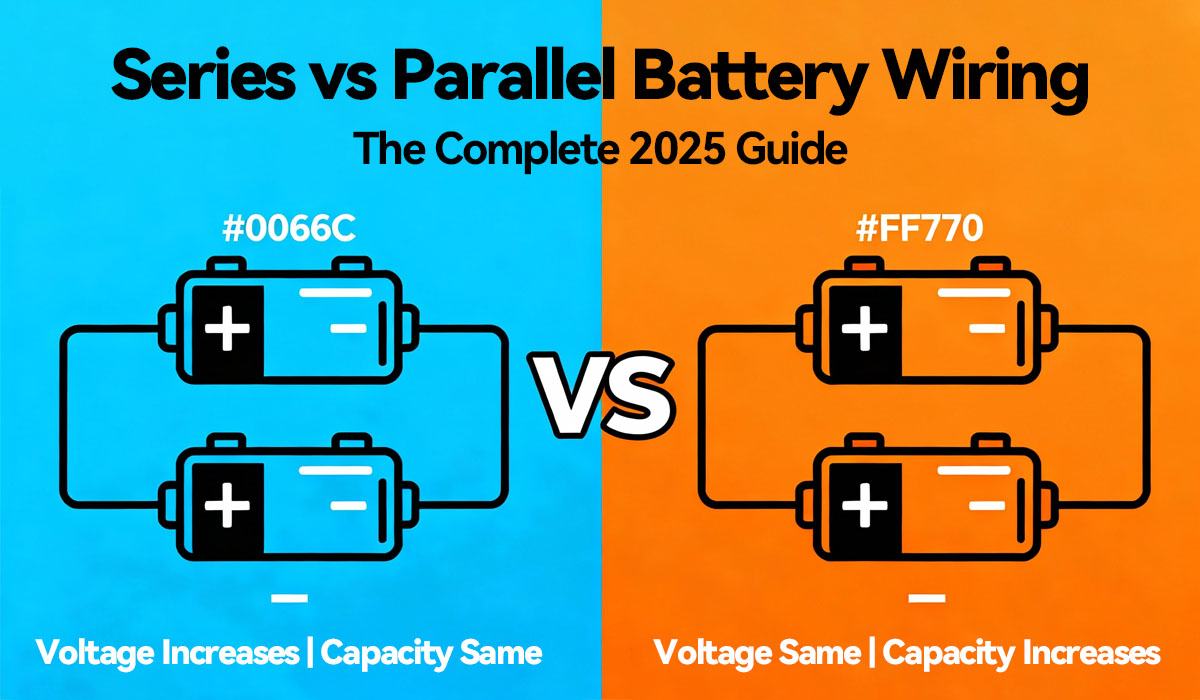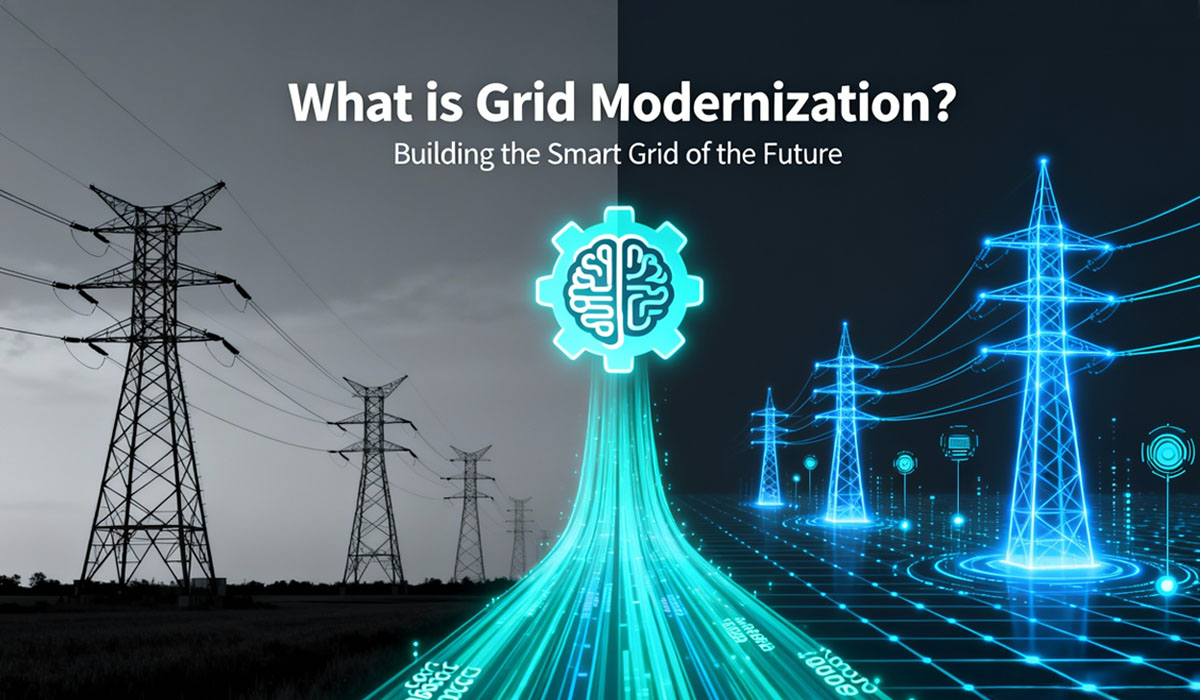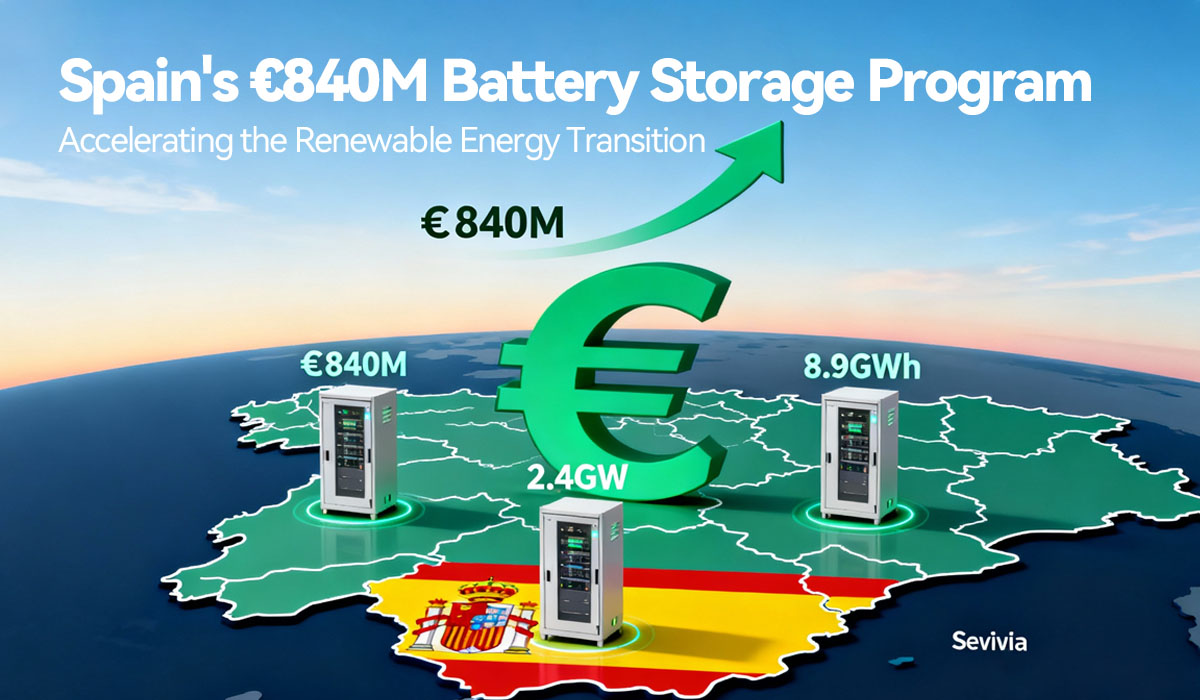Blog
Blog
High Voltage vs. Low Voltage Batteries: Key Differences and Applications
Published by Dawnice, April 7, 2025
When choosing a battery system, understanding the difference between high voltage (HV) and low voltage (LV) batteries is crucial. These terms aren’t just jargon—they define how energy is stored, delivered, and optimized for specific applications. Let’s break down their differences in plain language.
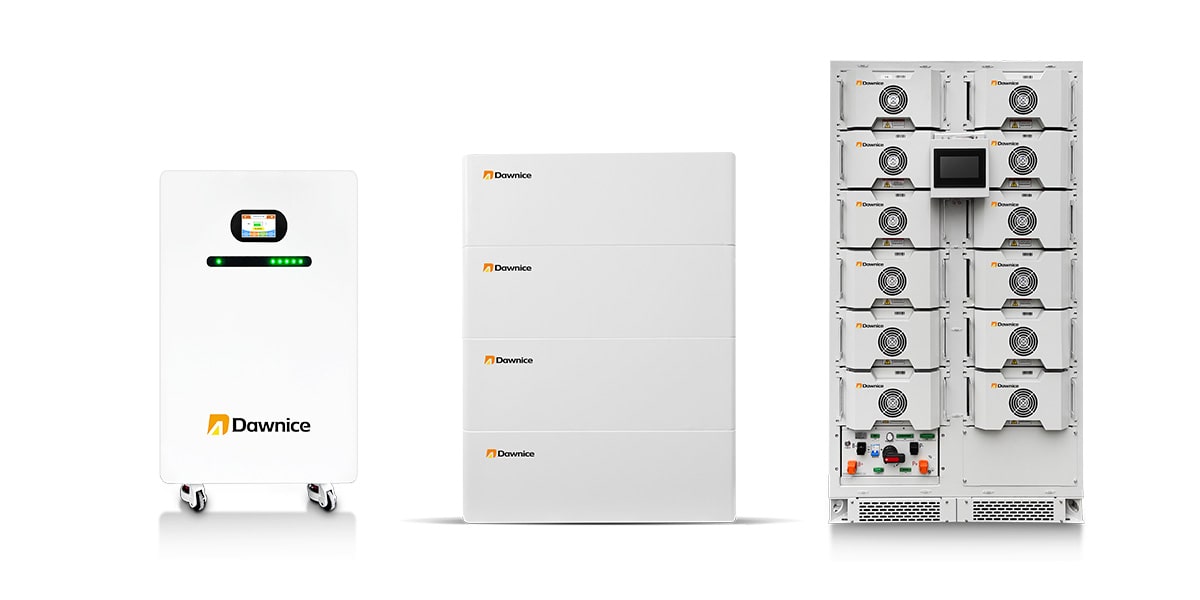
1. Voltage Range: Where Do They Stand?
- High Volt Battery (HV):
Defined as systems exceeding 100V, high-voltage lithium-ion batteries (like those in EVs or grid-scale storage) often have a charging cutoff voltage of 4.35V or higher per cell. For example, a Tesla battery pack combines thousands of cells to achieve 400V or even 800V systems. - Low Voltage Battery (LV):
Operates below 100V, with standard lithium batteries typically capped at 4.2V per cell (nominal 3.6V–3.7V). Think small solar setups or telecom backup systems (low voltage battery for telecom).
Why It Matters:
Higher voltage systems reduce energy loss during transmission, making them ideal for high-power demands.
2. Performance Showdown: Energy, Speed, and Safety
- Energy Density:
HV batteries pack more punch. A high-voltage lithium-ion battery can reach 200–300 Wh/kg, while LV batteries max out around 100–260 Wh/kg. This makes HV ideal for drones needing long flight times. - Charging & Discharge Speed:
HV systems excel here. Their architecture supports rapid charging (e.g., EV fast chargers) and high-power bursts for industrial machinery. - Safety:
LV batteries win on safety. Lower voltage means less risk of thermal runaway. HV systems require advanced battery management systems (BMS) to monitor temperature and cell balancing.
3. Applications: Who Needs What?
- High Voltage Battery Pack Uses:
- Commercial & Home Energy Storage: High efficiency for solar farms or family backup power.
- Electric Vehicles (EVs): High voltage = longer range and faster acceleration.
- Industrial Machinery: Supports heavy equipment requiring instant power.
- Low Voltage Batteries Shine In:
- Telecom Infrastructure: Reliable backup for cell towers (low voltage battery for telecom).
- Portable Devices: Small solar generators, RV systems, or IoT sensors.
- Budget-Friendly Solutions: Easier to install and upgrade.
4. Cost & Complexity
- HV Systems:
Higher upfront costs due to complex materials (e.g., nickel-rich cathodes, stabilized electrolytes) and safety tech. However, they boost long-term efficiency. - LV Systems:
Cheaper and simpler. Use conventional materials like graphite anodes, perfect for DIY projects.
5. Behind the Scenes: Materials & Design
- HV Battery Innovations:
Specialized electrodes (e.g., LiNiMnCoO₂) and additives in electrolytes prevent degradation at high voltages. - LV Simplicity:
Standard lithium cobalt oxide (LCO) or LiFePO₄ chemistries suffice for lower stress.
How to Increase Voltage of a Battery
Want to “boost” a battery’s voltage? Connect cells in series. For example, linking four 3.7V LV cells creates a 14.8V HV system. But remember: uneven charging can damage cells without a robust BMS!
Key Takeaways
- High voltage (HV): Go big for power-hungry apps (EVs, grid storage).
- Low voltage (LV): Perfect for small-scale, cost-sensitive needs.
- Safety First: HV demands advanced management; LV is plug-and-play.
Whether you’re designing a high voltage system for a solar farm or opting for a low voltage battery for telecom, match your choice to your project’s scale, budget, and safety requirements.

